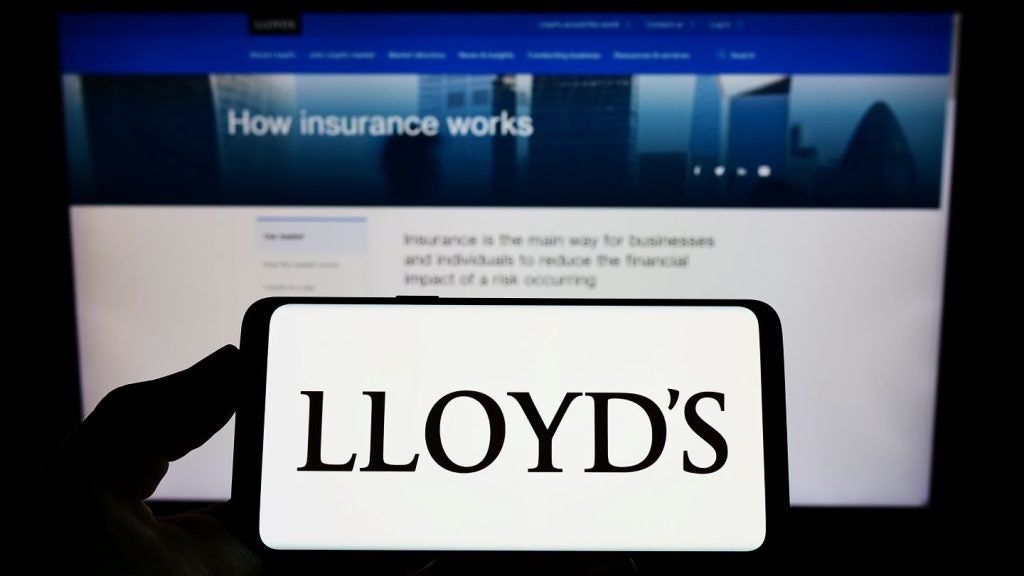
The European Insurance and Occupational Pensions Authority (EIOPA) has published the methodology to derive the Ultimate Forward Rate (UFR) and its implementation process.
EIOPA said the methodology follows the principles laid down in the Solvency II legislative framework, in particular to be stable over time and to be only changed as a result of changes in long-term expectations.
EIOPA said its methodology derives the UFR in a transparent, prudent, reliable and objective manner that is consistent over time.
Furthermore, the body said the UFR takes into account expectations of the long-term real interest rate and of expected inflation.
The UFR methodology will be applied for the first time in the calculation of the risk-free interest rates of January 2018 to be published in February 2018.
In line with the methodology, and reflecting the significant changes in the long-term expectations of interest rates in recent years, the calculated value of the UFR for the euro is 3.65%.
Annual changes will not be higher than 15 basis points.
In a first step of the phasing-in the current UFR of 4.2% will therefore be lowered in January 2018 to 4.05%.
Gabriel Bernardino, chairman of EIOPA, said: “This methodology strikes the right balance between a stable UFR and the need to adjust it in case of changes in long term expectations about interest rates and inflation. The methodology ensures that the UFR moves gradually and in a predictable manner, allowing insurers to adjust to changes in the interest rate environment and ensuring policyholder protection.”
Commenting the changes to Solvency II UFR methodology, Olav Jones, deputy director general of Insurance Europe, said: “The European insurance industry maintains there is no need to make rushed changes to the UFR, because Solvency II already takes a very conservative approach and has several safeguards.
“When calculating their liabilities under Solvency II, insurers are required to assume that the current low interest rates will remain in place for the next 20 years. However, this is generally considered to be an extreme scenario, not a base case. As a result, insurers currently have to value 10 year liabilities using an interest rate of just 0.6%; even for 50 year liabilities the rate is below 2.7%.”
Jones added: “The UFR is part of the valuation system of Solvency II. There are already concerns that this valuation system does not correctly reflect insurers’ long-term business and will have a detrimental impact on insurers’ ability to invest long-term. Changes therefore should only be finalised and implemented as part of the review already planned for completion by 2020 when the overall system and its impact will be assessed.”







